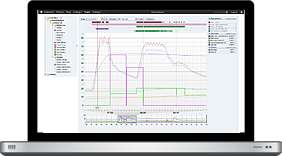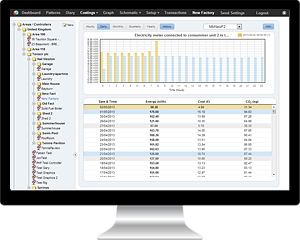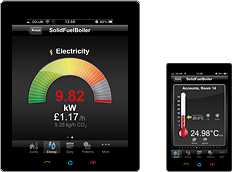UK Green Building Council to launch new framework for transitioning to net zero carbon buildings

The UK Green Building Council (UKGBC) has recently unveiled a new framework definition to enable the transition of new and existing buildings to becoming net zero carbon by 2050 has been unveiled.
The report follows six months of industry engagement, involving 180 experts and stakeholders from across the UK’s built environment value chain, sets out the framework of “consistent principles and metrics” that can be integrated into tools, policies and practices, aiming to build consensus in the industry on the approach to decarbonising buildings.
It offers guidance for developers, owners and occupiers targeting net zero carbon buildings, setting out key principles to follow and outlining how they can be measured and evidenced.
The framework proposes two approaches to net zero carbon buildings that can be accurately measured:
Net zero carbon – construction: The embodied emissions associated with products and construction should be measures, reduced and offset to achieve net zero carbon.
Net zero carbon – operational energy: The energy used by the buildings in operation should be reduced and where possible any demand met through renewable energy. Any remaining emissions from operational energy use should be offset to achieve net zero carbon.
Richard Twinn, Senior Policy Advisor at UKGBC said: “The urgency of tackling climate change means that businesses must work together to drive down emissions as fast as possible. But this requires a shared vision for what needs to be achieved and the action that needs to be taken.
“This framework is intended as a catalyst for the construction and property industry to build consensus on the transition to net zero carbon buildings and start to work towards consistent and ambitious outcomes. It is the first step on a journey towards ensuring all of our buildings are fit for the future.”
HeatingSave – helping buildings achieve zero carbon status
Implementing specific smart control solutions designed to improve the level of heating efficiency across both domestic and commercial buildings is yet another factor that could help reduce energy consumption (and, with it, carbon generation), and that’s specifically where Building Energy Management Systems come into play.
Building Management Systems are capable of delivering extensive monitoring and control options, compared to basic controls. They typically employ data from a variety of sources (boiler flow and return sensors, internal and external temperature sensors, occupancy sensors, humidity sensors, etc.), and enable the perfect optimization of a building’s boiler-based central heating system.
If you’d like to find out more about the savings enabled by the HeatingSave Building Management System, just contact our dedicated product team, they’ll be more than happy to answer all of your questions and queries.






